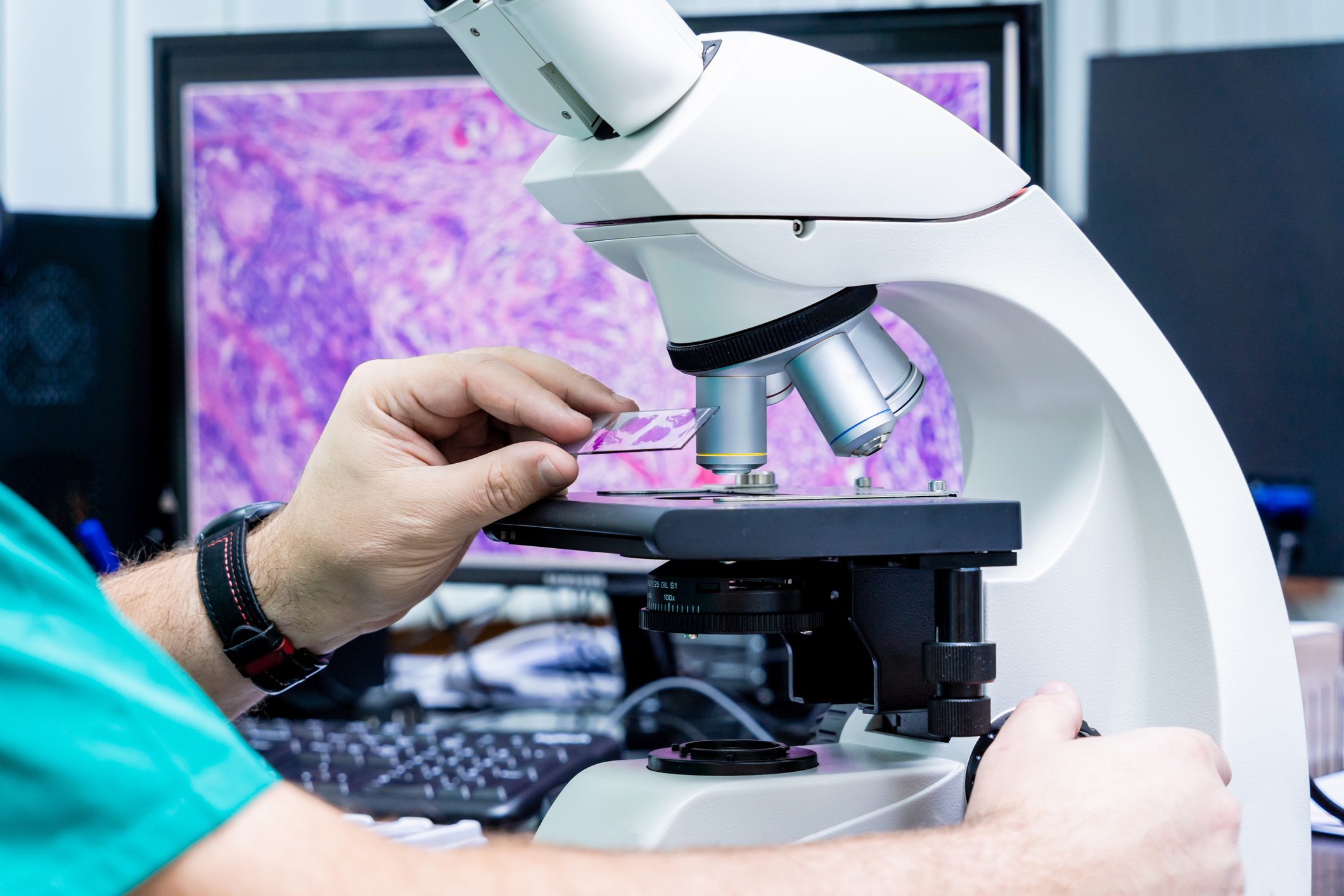
The Science of Understanding Pain
By Stephani Sutherland
While commonly considered a pathway to the development of new treatments, research does much more—contributing to the big picture of characterizing and understanding chronic pain.
Some research studies and categories exist simply to learn more about pain itself. Those findings are a critical component to addressing chronic pain.
From animal studies to human tissue research
Aside from the sheer cost and difficulty of developing new medications, one major hurdle in pain research has been translating animal studies to humans.
Animal research has served as a necessary first step, says Kathleen Sluka, PT, PhD, FAPTA, a pain researcher and professor at the University of Iowa.
“A lot of what we do in animals, you cannot do in humans,” she explains. “To understand basic disease processes at a cellular and molecular level, in particular tissues in the nervous system—we can’t target that in human studies.”
Advances in molecular biology caused pain researchers to shift much of their early, basic research to rodents, because their genes can be easily manipulated, explains Ted Price, PhD, a pain researcher and neuroscience professor at the University of Texas at Dallas. This helped scientists study pain at the molecular level, leading to the discovery of a number of targets for pain drug development.
“We learned a ton,” Price says. “All of these channels and receptors were mostly discovered using these mouse tools. The mouse genetics helped us understand their underlying roles in physiology.”
But obstacles emerged from the lack of robust validation—the step connecting basic research to clinical development. Early research conducted with rodents can shed some light on pain processes, but it’s a mistake to assume every result will directly translate to complex pain conditions in humans, Price explains.
While certain targets seemed promising in rodents, “they’re just not representative of what we actually see in the human tissues from people who have these diseases,” he shares. “A whole bunch of targets went into clinical trials that failed.”
A recent breakthrough stems from the use of neurons recovered from human organ donors. Price and a growing number of researchers are studying sensory neurons from clusters of cells outside the spinal cord called dorsal root ganglia. While some modern studies still utilize rodents, the emergence of human tissue work sheds more light on molecular targets and drug compounds that show promise for clinical trials.
Those neurons are also providing new information about what goes awry in pain conditions.
“It allows us to better understand what the underlying disease mechanisms are, and that’s really going to lead to the next generation of good targets,” Price explains.
Reaching that understanding will require far more research, he says. But pairing scientists’ earlier discoveries from animal models with the potential results of current human tissue studies amplifies the possibility of greater advances.
“I’m hopeful that the combination is going to lead to a lot of really big breakthroughs for people with chronic pain,” Price says.
Phenotypes and biomarkers: Measuring and predicting pain
Treatments will also improve as more research is conducted on people living with various pain conditions, Sluka says.
“We’re not in a place yet where we have extensively characterized the phenotype well,” she explains, referring to all the ways a disease manifests in a person’s life—and in their bodily tissues.
Enter research initiatives like Restoring Joint Health and Function to Reduce Pain (RE-JOIN). This study, funded by the National Institutes of Health’s Helping to End Addiction Long-term (HEAL) Initiative, examines donated joint tissue from individuals with osteoarthritis. Projects like this offer “simultaneous characterization of the people as well as the tissue,” Sluka explains.
One major focus of current pain research is pinpointing measurable biological indicators of pain, called biomarkers.
Examples of biomarkers include blood pressure or genetic markers in the blood—but no reliable markers have been identified for pain. Biomarkers could help diagnose and track pain conditions, or even predict an individual’s likelihood to respond to a particular treatment.
Right now, physicians generally start everyone off with the standard-of-care treatment, and it may take months to determine if it’s helping or if it’s time to try an alternative—and then another.
“People with chronic diseases spend years trying to get the best treatment profile,” Sluka explains. “Biomarkers can help us reduce that time, to the point where we can determine which people respond to which interventions and get them treated sooner, so they can get back to a more meaningful life.”
Another pivotal prospect of biomarkers: Predicting who is at greater risk for developing chronic pain, so they can receive early or even preventive interventions.
That’s the foundation of a HEAL project called the Acute to Chronic Pain Signatures (A2CPS) Study. A2CPS is collecting data from thousands of people before and after surgery—an event that leaves a considerable portion of individuals with long-term pain, depending on the type of procedure and other factors. Study participants fill out “patient-reported outcome” questionnaires measuring demographic and psychosocial factors, pain, and more. They also undergo sensory and functional testing, brain imaging, and lab work gathering data about their genes, proteins, and metabolic activity.
Sluka is a lead investigator in the A2CPS consortium, which incorporates researchers, clinicians, and sites across the country. The study is large enough to give it the statistical power it needs to succeed, she notes—something that requires many researchers working together, and significant funding.
She hopes it will pay off: “I envision that someday we’ll be able to measure a panel of markers, put them together, get a profile of the individual, and then gear our treatments to their profile.”
That kind of impact hinges on research asking why pain develops, how it manifests, and why it affects people differently—uncovering the nature of pain itself.
